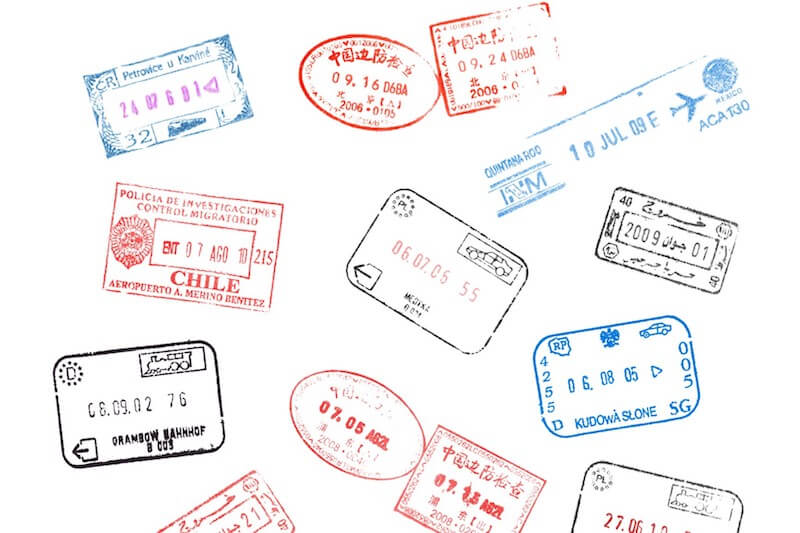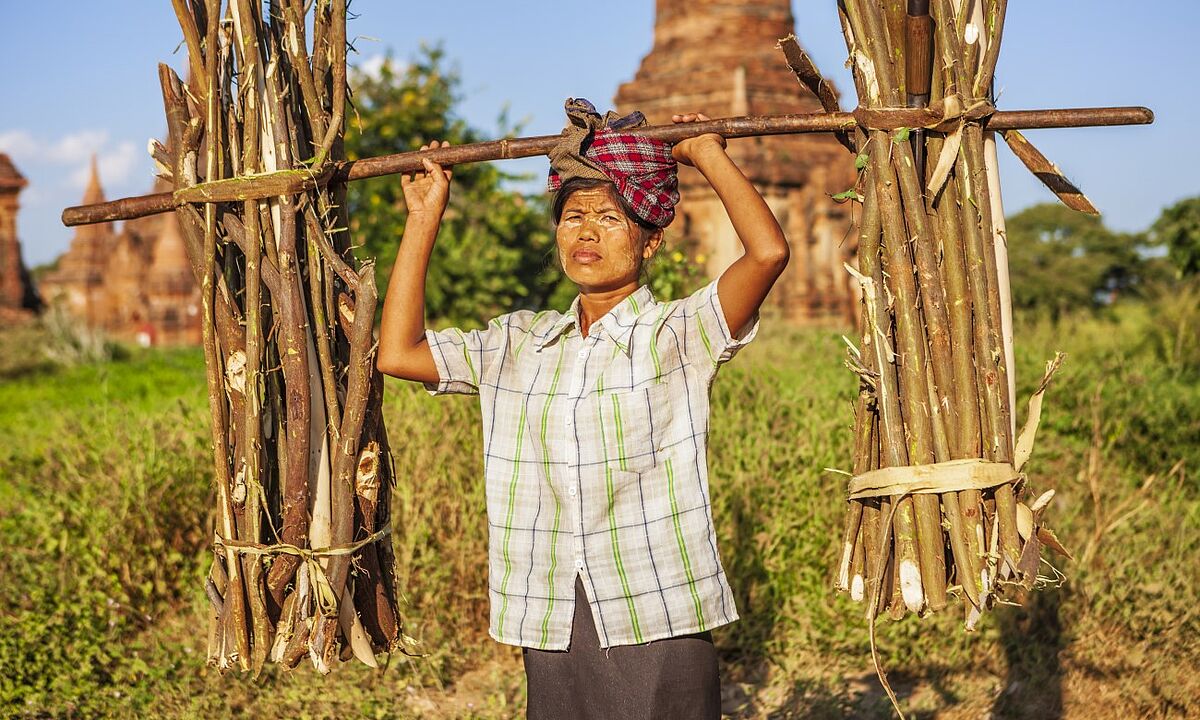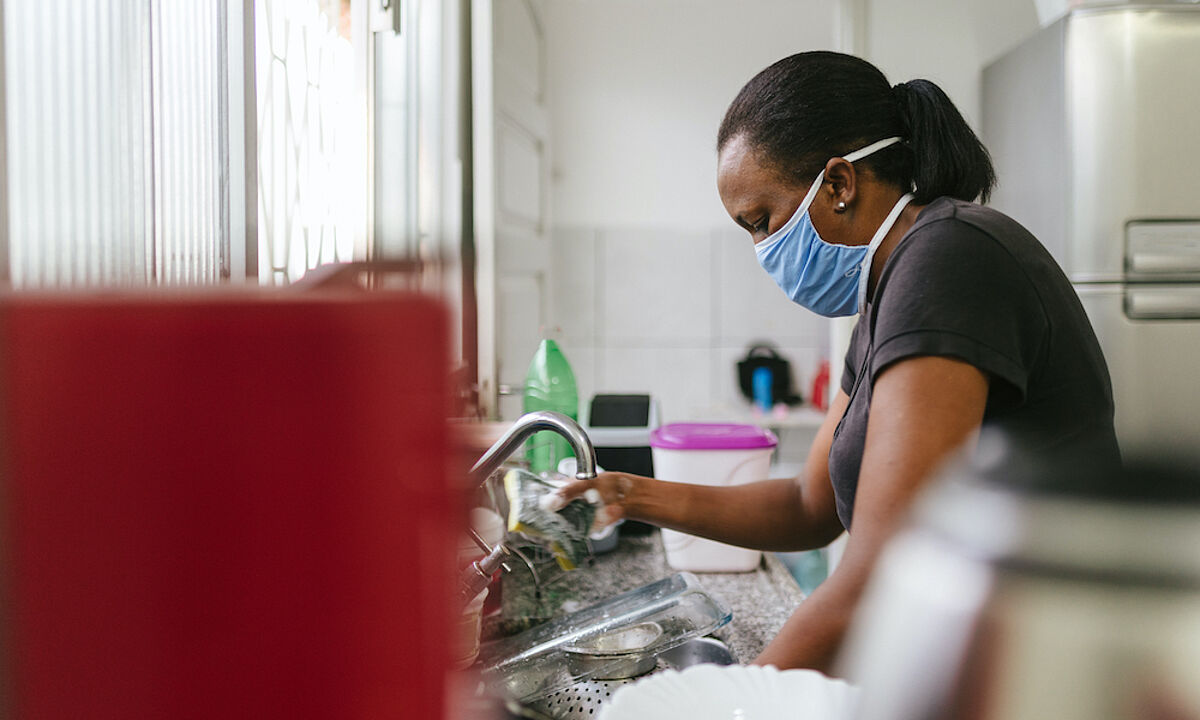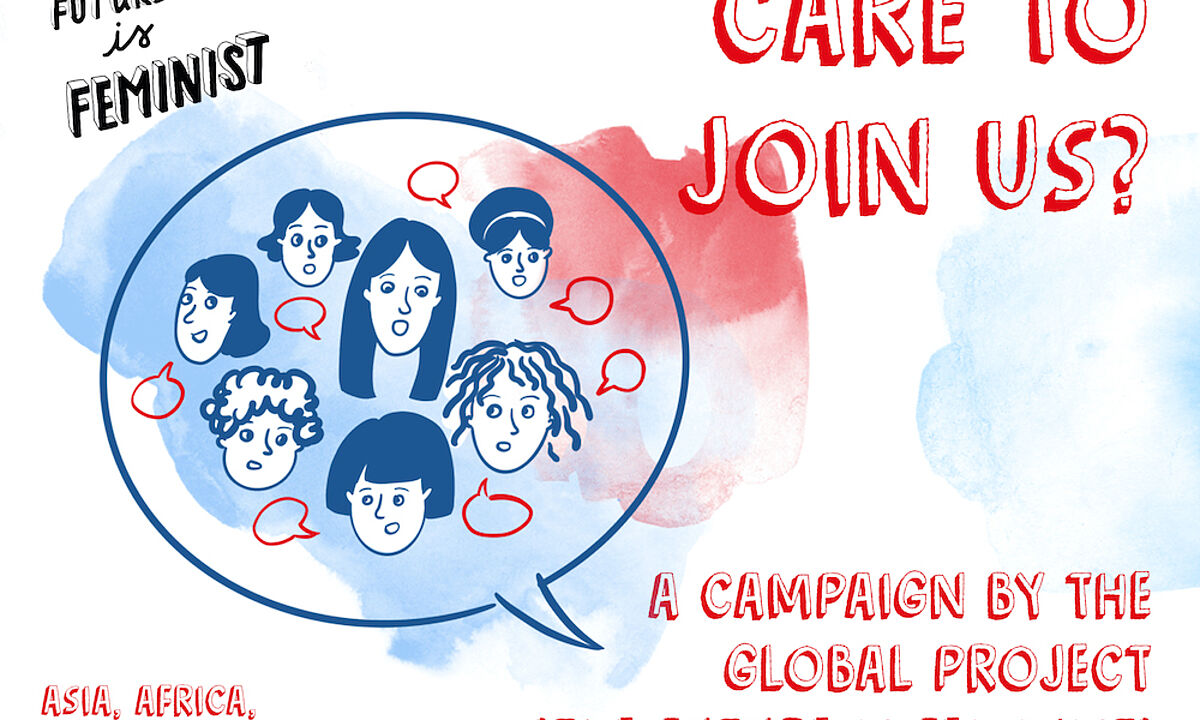Racialization of cities persists in post-apartheid South Africa
South Africa marked the formal end of 43 years of apartheid, the official system that segregated citizens by race in all aspects of life, in 1991. The country elected a black president, Nelson Mandela, in 1994. His African National Congress has held power ever since and passed several pieces of legislation to dismantle apartheid and repair its injustices.
However, the country remains one of the most unequal, according to the World Bank (link in English). Inequalities between races persist notably regarding employment opportunities, education, health insurance and housing. These inequalities are also visible with regards to social class and representation within various institutions as well as the provision of public goods (healthcare, education, housing, etc.).
Cities were divided under apartheid according to the Group Areas Act of 1950. This was repealed in 1991, but it has left its footprint along the fault lines of race and class on urban planning in major cities.
Khanya Bonani, an alumnus of the Friedrich-Ebert-Stiftung (FES) Young Leaders Programme, shared her observations about the current situation in the country’s largest city Johannesburg, and explained how young people can actively shape their cities.
What made you interested in cities?
Khanya Bonani: I have always been interested in understanding ways of being and belonging, particularly in the city. In the South African context, the question of city and race is important because of the way the city was constructed and how segregated urban development continues to exclude certain groups of people.
The Group Areas Act of 1950 saw the forced relocation of black, coloured and Indian people to the outskirts of major cities under the apartheid’s spatial planning policy. It created city fault lines along race and class, limiting the access to the city centre for certain parts of the population. The peripheries created still grapple with limited distribution of public goods and services including sanitation, housing, electricity, transport, and healthcare.
Currently we are seeing increasingly frequent expressions of discontent about the lack of public services, making South Africa the world's protest capital.
How is the legacy of racialized cities lived today in South Africa?
KB: Although people may now have free access to all parts of the city in principle, in practice many restrictions still keep the poor, mostly black communities in areas far from the economic hubs. There they suffer from poor infrastructure, employment opportunities, or longer and more expensive commutes if they want to follow the best jobs.
Take for example the Central Business District (CBD) in the middle of Johannesburg. Since the end of apartheid, the area has become occupied by lower-income, mostly black, migrant and coloured communities. The higher-end economic activities have in the past decade fled to new hubs, such as the affluent northern suburb of Sandton. Since then, municipal attention and investment paid to maintaining the CBD has plummeted, leaving the residents poorly provided-for and out of reach of the economic benefits available in Sandton or other newly affluent areas.
The poor suffer in several ways from this physical separation of where they are able to live in practice, and where the economic opportunities are. Less affluent households can spend up to 40 per cent of their budget on workers’ transport costs, in addition to the time that commuting takes away from their families.
The street hawkers within South African cities illustrate this. They commute into the city centre to sell food at the transport nodes. But the expense of this leaves them unable to pay for the education of their children, most of whom end up going to work with their parents instead of attending school and improving their opportunities. This shows that, even when the poor can access some of the economic benefits of the wealthier districts, it comes at a high price that perpetuates their exclusion from the system.
Recent public transport systems have attempted to address this inequality of access, namely the bus rapid-transit system (BRT) Rea Vaya and the suburban rail network Gautrain. However, access to these is itself limited by the pricing structure, which ends up reinforcing the inequalities. Prices are high, and workers in lower-earning positions or in public service do not receive any subsidies or price reductions. Commuting from areas where living is affordable into areas where work is well paid remains expensive, and therefore exclusive.
In fact, driving minibus taxis is a common source of income for those living in the periphery. This is the biggest sector within the informal economy, the most affordable form of transport and moves half of the country's workforce daily. This both reflects the inadequacy of public transport, and reinforces the geo-economic barriers preventing those drivers from seeking better, more formal employment in other areas.
Limiting the opportunities for specific groups of people in this way has perpetuated the social engineering of the Apartheid Spatial planning and entrenched segregated development. This has, as a result, disjointed the city’s very social identity. We can see this through various forms of protest action against local government for inadequate provision of social services to townships and informal settlements. It is also an indication of how social class has further disjointed the social identity of the city as protestors are viewed as problematic and rebellious with more informal settlements built on the periphery of affluent areas to remain within reachable distance of resources. The media has portrayed these service delivery protests as “rebellion of the poor”, namely due to violence and destruction of property. The democratic government, however, has not addressed is the inherent transmission of generational poverty that exists as a result of the legacy of spatial planning in South Africa (link in English).
Rural-to-urban migration is compounding these problems, in particular through the increased pressure on limited housing resources. In principle the provision of housing was one of the objectives of the Reconstruction and Development Programme (RDP), a wide-ranging socio-economic policy framework introduced in 1994 intended to remedy the country’s inequalities. In the Mandela and Mbeki administrations' efforts to deracialize the South African institutional system after 1994, there was a greater emphasis on political freedom whilst making much smaller strides in ensuring that economic freedom, accumulating assets and becoming less dependent on government resources was made tangible. Because of the amendments of RDP, there were endless backlogs where people would wait for years to get access to housing. Those who qualified for free housing often found themselves in low-budget, inadequately built homes.
Furthermore, social housing developments are often around the city limits, without adequate access to socio-economic rights such as water, electricity, healthcare, education and sanitation. This in effect perpetuates the apartheid-era spatial planning, and does not integrate those who qualify for subsidised housing into the city. Those people find themselves out of reach of employment opportunities, and facing increased expenses to enter economic hubs within the city centre. This creates a spiral where the next generation will also not have access to the city nor the opportunities to break the poverty cycle.
What can young people do to transform this process? How can the right to the city be won back?
KB: The shack-dwellers' movement in South Africa, Abahlali baseMjondolo has been fighting evictions within the peripheral city space in Kwa-Zulu Natal. They have jumpstarted a change in the way city planning is done by withstanding eviction through their landmark constitutional win in 2014 against the Slum Act. This was a bill to clear out slums under the pretence of improving living conditions, even though there were no detailed plans as to how this was to be done. The bill has been interpreted as an attempt to legally wage war on the poor (link in English). This is one of many social movements and civil society organizations that consistently challenge local government and its officials with regards to the adequate provision of housing, sanitation as well as other critical social services in the city of Durban and broadly throughout the country. More young people are working alongside these organizations in expanding academic expertise through research, working within the NGO sector as activists and assist in many other activities on campuses across South Africa.
Apart from successfully self-organized groups, young people across the country have shown great interest in protecting social rights such as access to higher education, for example, through the protests during the Fees Must Fall and Rhodes Must Fall campaigns since 2015. When students in South Africa withstood the government’s decision to increase university fees, government set up Commissions of Inquiry on the Higher Education sector. Even though there have been several delays on the release of this report and reviewing the numerous funding models submitted to National Treasury, young people have continued to unpack serious issues that are linked to the campaign with regards to decolonised education and curriculum development.
This movement has also addressed critical issues that was raised during the protests such as the spatial positioning of universities and the colonial legacy of these institutions within the urban context. Young people have argued that these institutions have not broken with the institutional culture from the Apartheid-era and perpetuated the social reproduction of segregated development within academia especially with regards to funding and what free education would mean for these institutions. The rationale behind free education lies in attaining access to higher education beyond the entry-point for young people that come from poor, formerly-disadvantaged background. In providing this, the government would be securing that qualification within the given timeframe without fear of financial exclusion from universities.
There were also intense discussions around broader national political issues such as land redistribution, national identity, unemployment and regaining access to the city amongst young people. These campaigns show that more young people are rigorously unpacking manifold layers of the issues they are confronted with in their local communities, rural or urban.
All this to say that we can change the course and win back the right to the city by working collectively with various groups. Bringing together different vocations and adapting strategies would create alternative spaces for a growing number of young people to present sustainable policy responses to the persisting problems. ###
Khanya Bonani, originally from Port Elizabeth, attended the FES Young Leader’s Programme in South Africa and the Fort Hare Autumn School Programme in 2014. She also participated in an event on communal politics at the 2016 Justice Week organized by FES in Berlin.
About FES Connect
Connecting people, in the spirit of social democracy, we source and share content in English from the German and international network of the Friedrich-Ebert-Stiftung.





